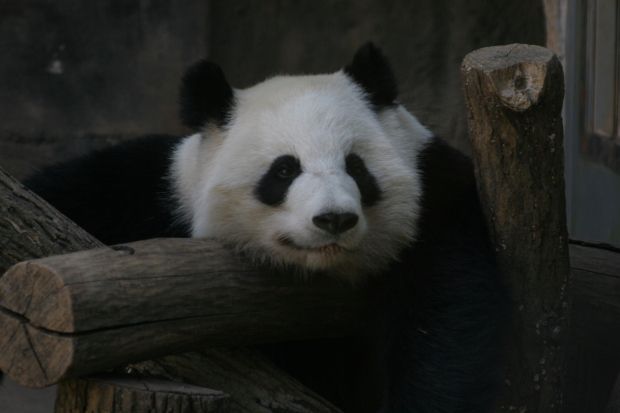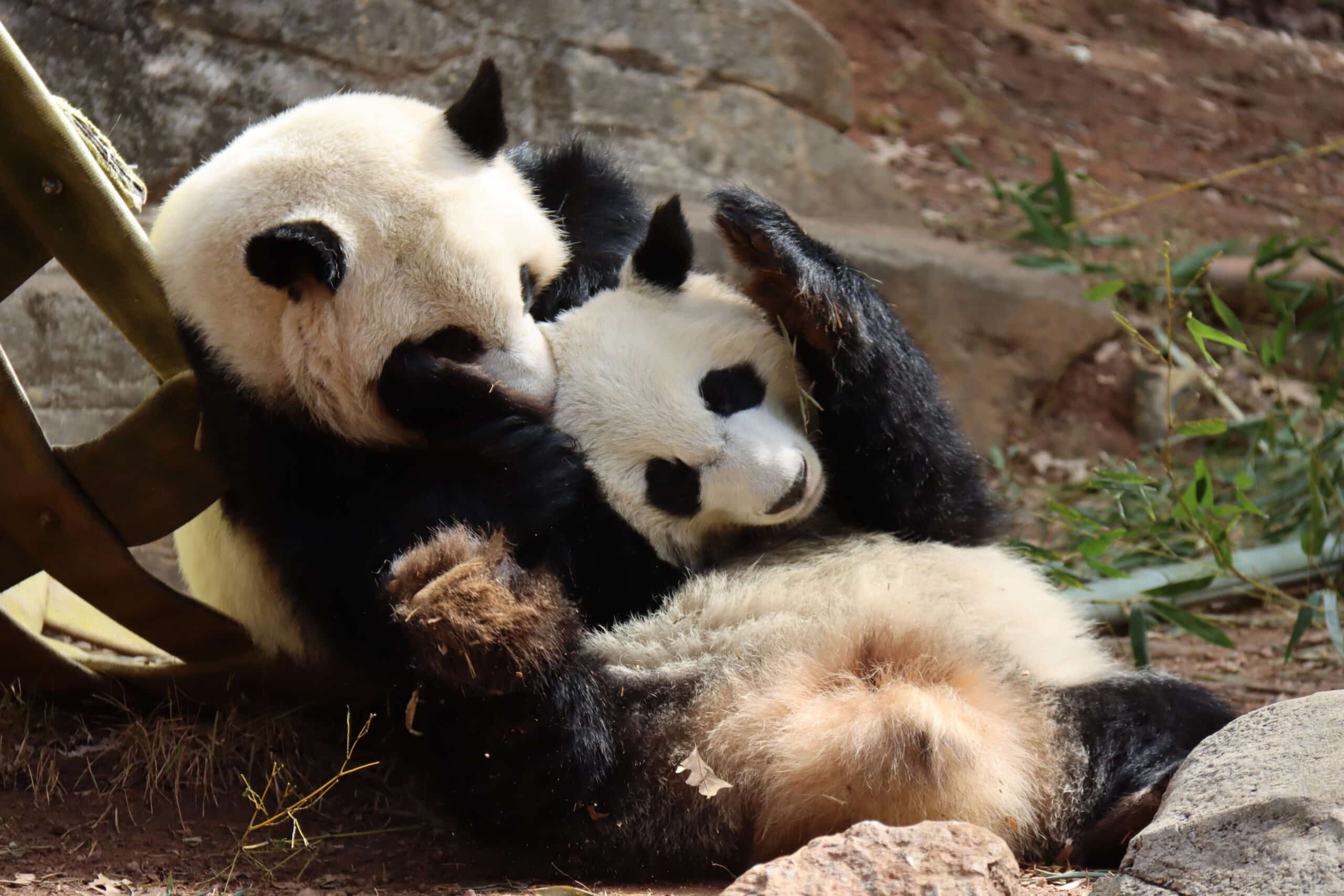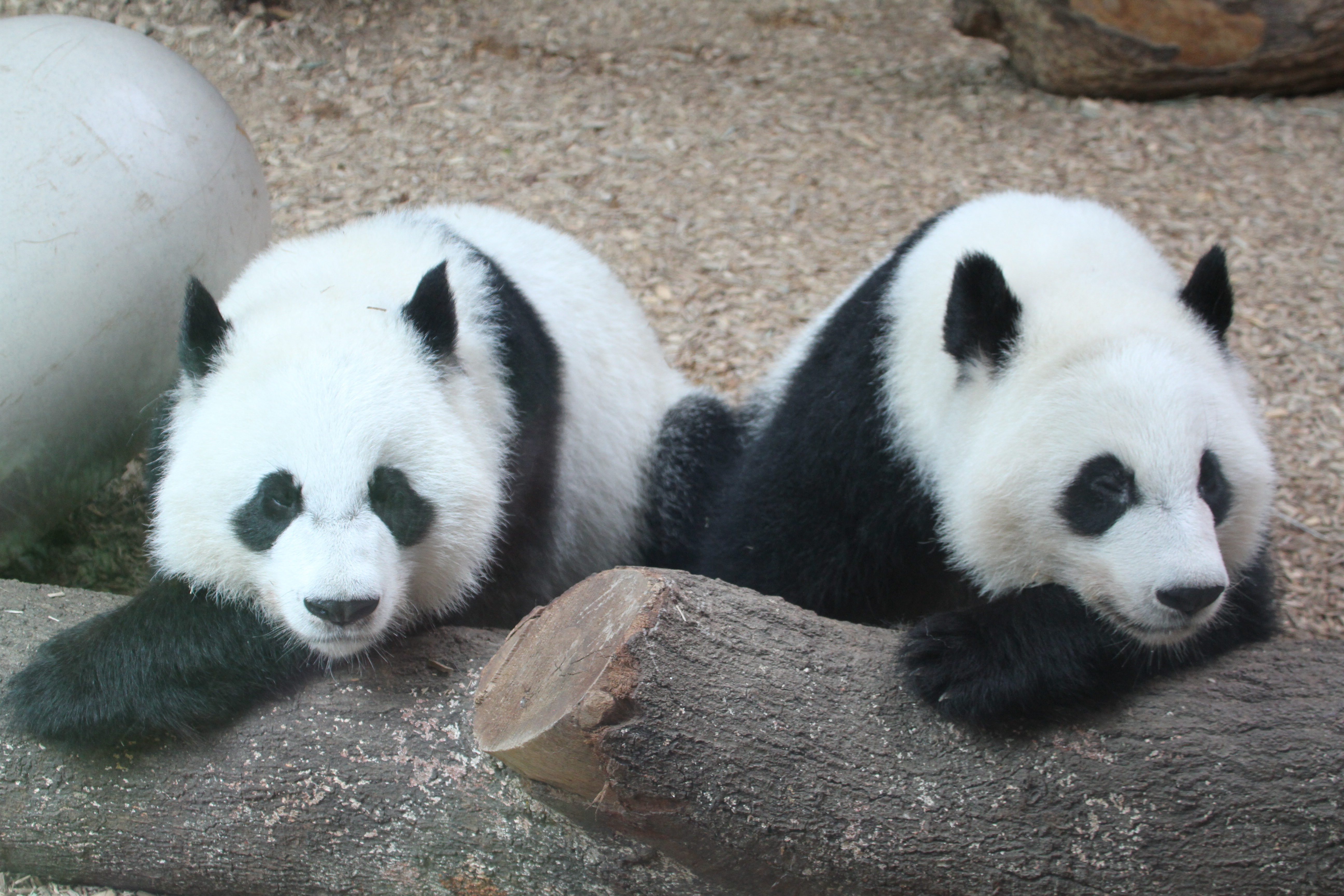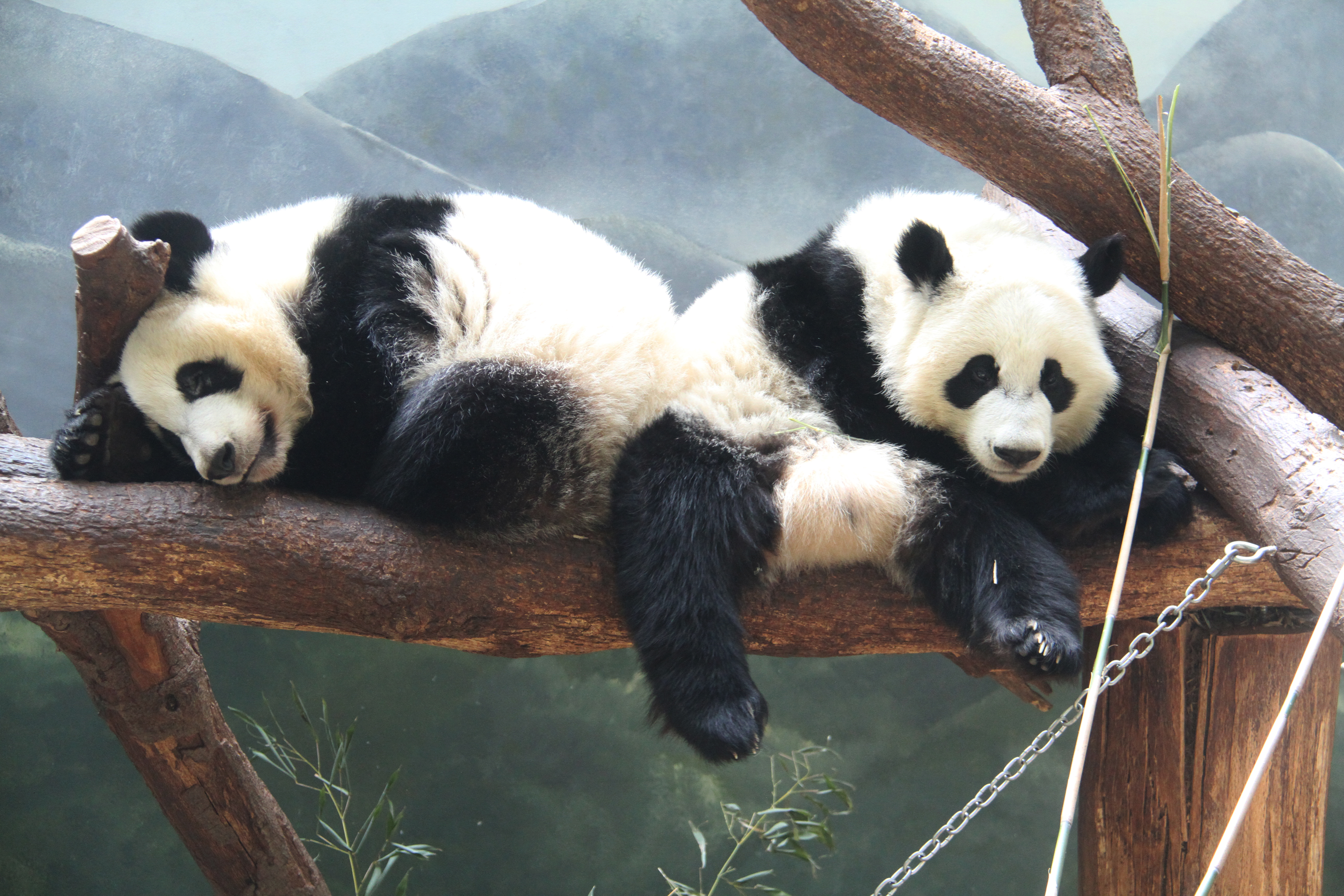Lun Lun Pregnancy watch begins

One of Atlanta’s best-known celebrity moms may be carrying cub number three. Recent data suggest that giant panda Lun Lun has entered the secondary rise in the telltale hormonal fluctuations that indicate she is nearing the end of a pregnancy or pseudopregnancy. Based on this information, the Zoo Atlanta Animal Management and Veterinary Team plans to begin round-the-clock birth watch on Monday, October 18.
In addition to hormonal changes, Lun Lun experienced a dramatic shift in behavior – most notably extreme lethargy and reduced appetite – this week. These behavioral changes occur in pregnant and pseudopregnant giant pandas. The animal care and veterinary teams are monitoring the 13-year-old bear closely and conducting regular ultrasounds. Giant panda gestation averages 135 days, but can range from 83-197 days.
Confirming pregnancy in giant pandas is a famously inexact science, as the species experiences delayed implantation and can also exhibit pseudopregnancy, a condition closely mimicking pregnancy without the presence of a fetus. A new test for pregnancy detection in giant pandas has been developed which seems promising. While early results indicated that Lun Lun was pregnant, more recent results are less certain. Because the assay is new and has only been used on a few giant pandas, it is not considered 100 percent reliable. Therefore, Zoo Atlanta staff is preparing for a birth in the same way as in previous years. Birth watch will continue on October 18 and will continue through November 14.
The animal care team opted to employ artificial insemination (AI) on June 13, 2010, after Lun Lun and 13-year-old Yang Yang failed to mate during her brief window of fertility. The pair has two previous offspring, female Mei Lan, age 4 and a resident of Chengdu, China, and male Xi Lan, 2, a resident of Zoo Atlanta. Both Mei Lan and Xi Lan were the only giant panda cubs born in the U.S. in 2006 and 2008, and both were the products of AI.
Source: Zoo Atlanta









